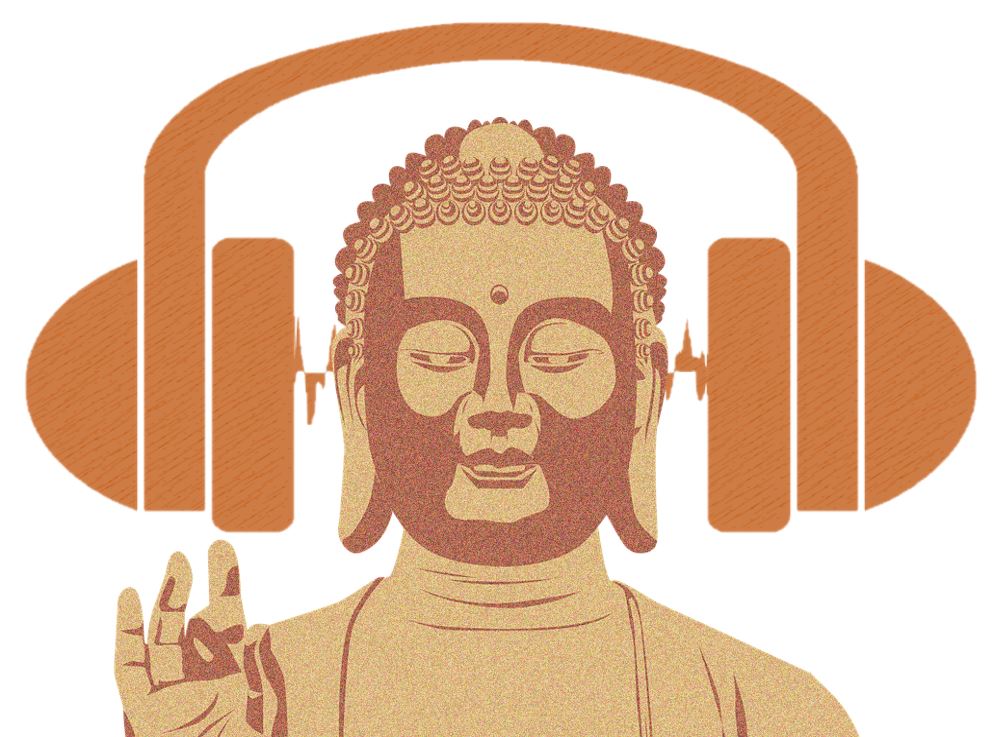At some point, hopefully we begin to fall in love with meditation and the inherent wisdom we gain from this path of practice. This means we really make it a top priority, not because we “should” or think it’s a good idea, but because we start to see the tangible benefits manifesting in our life. We may also begin to get a sense of spiritual urgency or samvega. We understand that meditation can be a stable, reliable refuge for us even during the difficult times in our lives.
Tag Archive for: Walt Opie

In this talk we will explore how our perceptions are often conditioned by many assumptions, beliefs, habits, desires, attachments, misconceptions, resentments, and more. Through mindfulness practice, we can even begin to train our perceptions and counteract our conditioning, allowing us to respond to events with greater wisdom and less reactivity.

In the Maha-parinibbana Sutta, we learn what occurred during the last few months of the Buddha’s life. We will explore a few episodes from this sutta and examine some of the Buddha’s compassionate teachings during this poignant time leading up to his death.

In daily life, we have a lot of distractions that can easily cause our minds to be quite scattered and distracted, and lacking in composure or serenity. One aspect of insight meditation practice that we are gently cultivating is what we call concentration, or samadhi in Pali. Buddhist scholar Bhikkhu Analayo says the term samadhi “carries nuances of a bringing together.” He writes that other translations for samadhi include “collectedness” and “composure of the mind.” In this talk, we will explore various aspects of developing greater concentration and how it can help transform our practice and our life.

According to Ajahn Sucitto in his book Parami: Ways to Cross Life’s Floods, the parami of truthfulness can be understood in two ways. The obvious way is that we do not tell lies or mislead others with our speech (including written communication). The other way, Ajahn Sucitto says, “refers to perception, to the ability to see or know things in an undistorted way.” This second way requires us to be totally honest with ourselves and to see with clarity, which involves bringing mindfulness to each moment.
(Part 9 of 10 of a series on The Paramis)

The main person who gets in the way of allowing us to feel sympathetic joy (mudita in Pali) and gratitude is you know who. Often we compare ourselves to others and find we don’t measure up in some way. Envy and jealousy are the opposites of sympathetic joy. The Buddha encouraged us to challenge our assumptions and to cultivate this capacity to find joy in the good fortune of others. Ajahn Pasanno says, “Cutting through self-view is the Buddha’s unique contribution to spiritual practice. Mudita is antithetical to the self-view that we carry around with us and leads us to a place of boundless and immeasurable joy.”


We often hear the phrase to “just let it go,” but sometimes that can be frustrating advice. In this talk, we will explore the insights we are encouraged to investigate which can lead to a profound letting go as a result of ongoing insight meditation practice. It can also be very helpful on a less profound level in day-to-day life to understand the nature of constant change. In addition, Walt will reminisce about the recent loss of legendary Bay Area radio personality and beloved insight meditation teacher Wes “Scoop” Nisker, whose kindness, humor and humanness were very inspiring.

According to Bhikkhu Bodhi, upekkha, the Pali term we usually translate as equanimity, could literally be translated as “there in the middleness.” This points to the balancing power of equanimity. It is also sometimes described as an evenness of mind. When we have cultivated this quality over time in our practice, we are not as easily swayed by the eight worldly winds of gain and loss, praise and blame, fame and disrepute, or pleasure and pain. Another reason this is an important quality to cultivate is related to the law of impermanence, that everything is constantly changing, and therefore unreliable, unsatisfactory, not a true refuge. We will discuss how to keep balance of mind in the face of this reality, as well.
The Buddha represents the human potential to awaken that we all share. During this day of practice together, we will look at ways we can take inspiration from the life of the historical Buddha, as presented in the early discourses or suttas, as we travel on our own spiritual journey. We’ll look at some of the practices the Buddha tried before finding the path of awakening, as well as what led to his breakthrough, his decision to teach, and some of the important teachings he offered throughout his teaching career. Instructions will be offered in Mindfulness of Breathing, which was one of the Buddha’s favorite meditation practices. This day included sitting and walking instructions, dharma talks, and discussion/Q&A. Suitable for both beginning and more experienced meditators.
Tag Archive for: Walt Opie
Visit Us
SIM meets online and in-person at the Sacramento Dharma Center
What is Dana?
Dana is a Buddhist word that means generosity or heart. Nearly all Sacramento Insight Meditation activities are offered on a dana (donations) basis. This means our programs are sustained by the generosity of instructors in offering teachings freely and on the generosity of students and members of the meditative community in the form of financial support, service and participation in events. Practice dana, please support our Sangha. DONATE NOW
